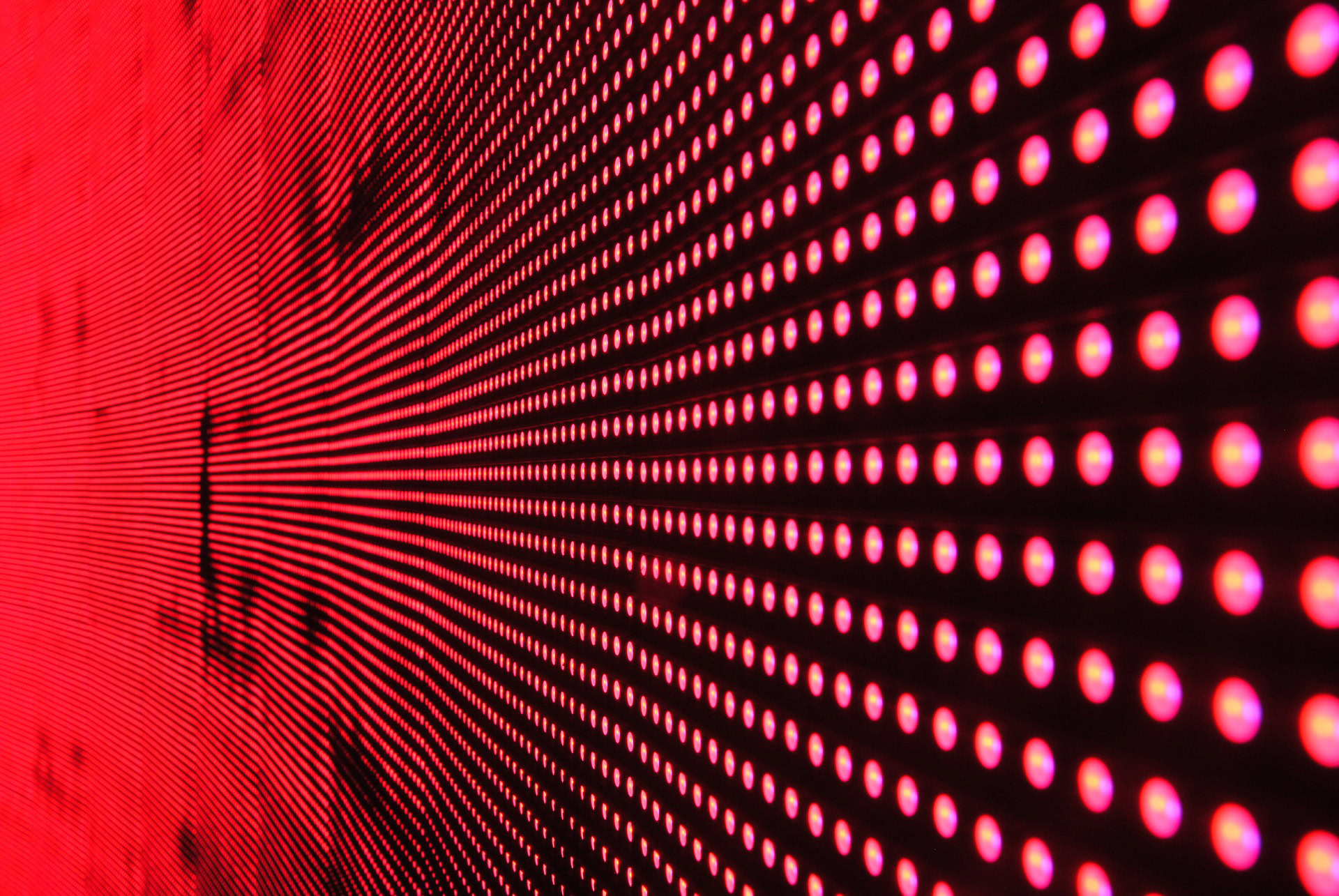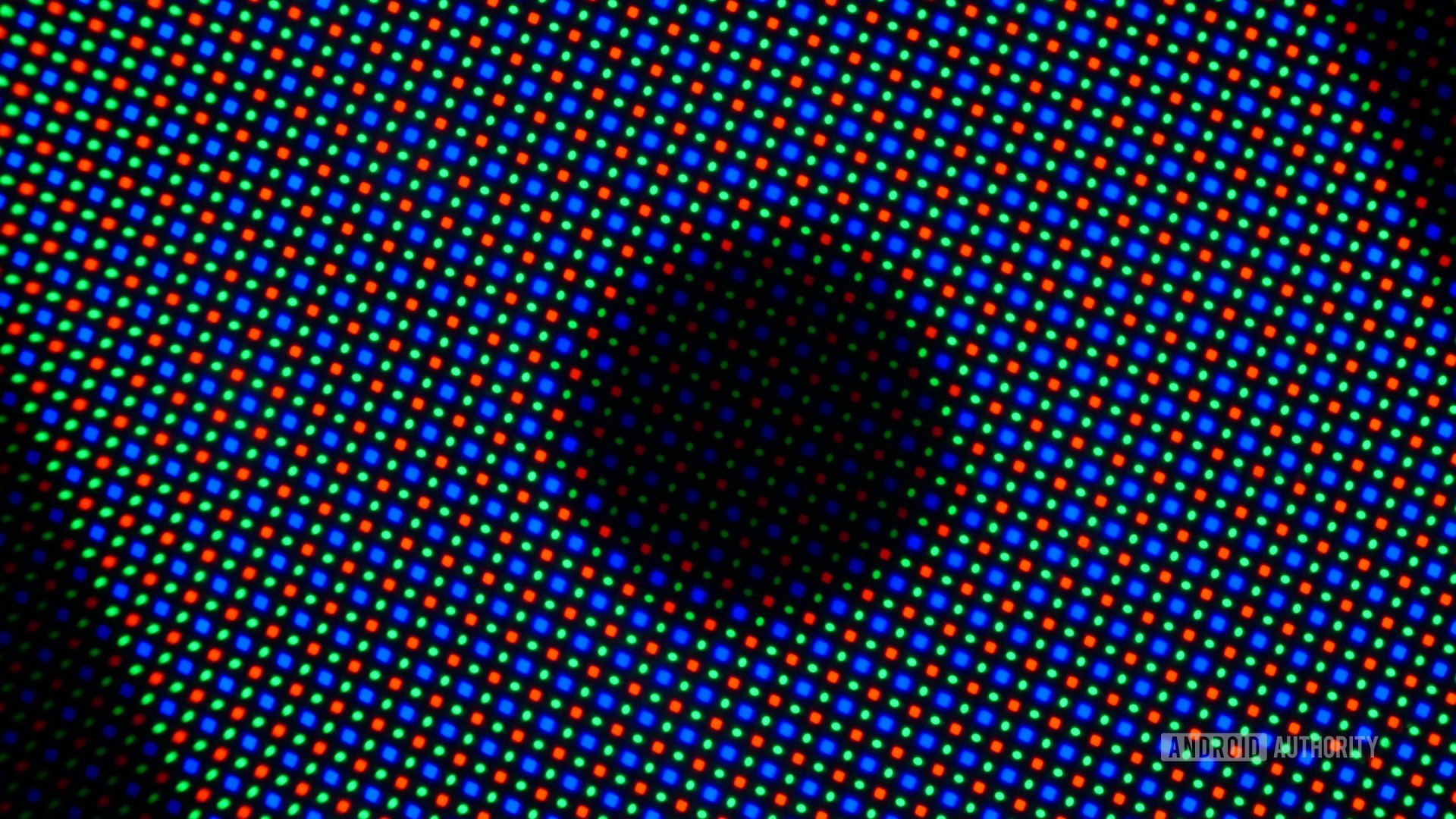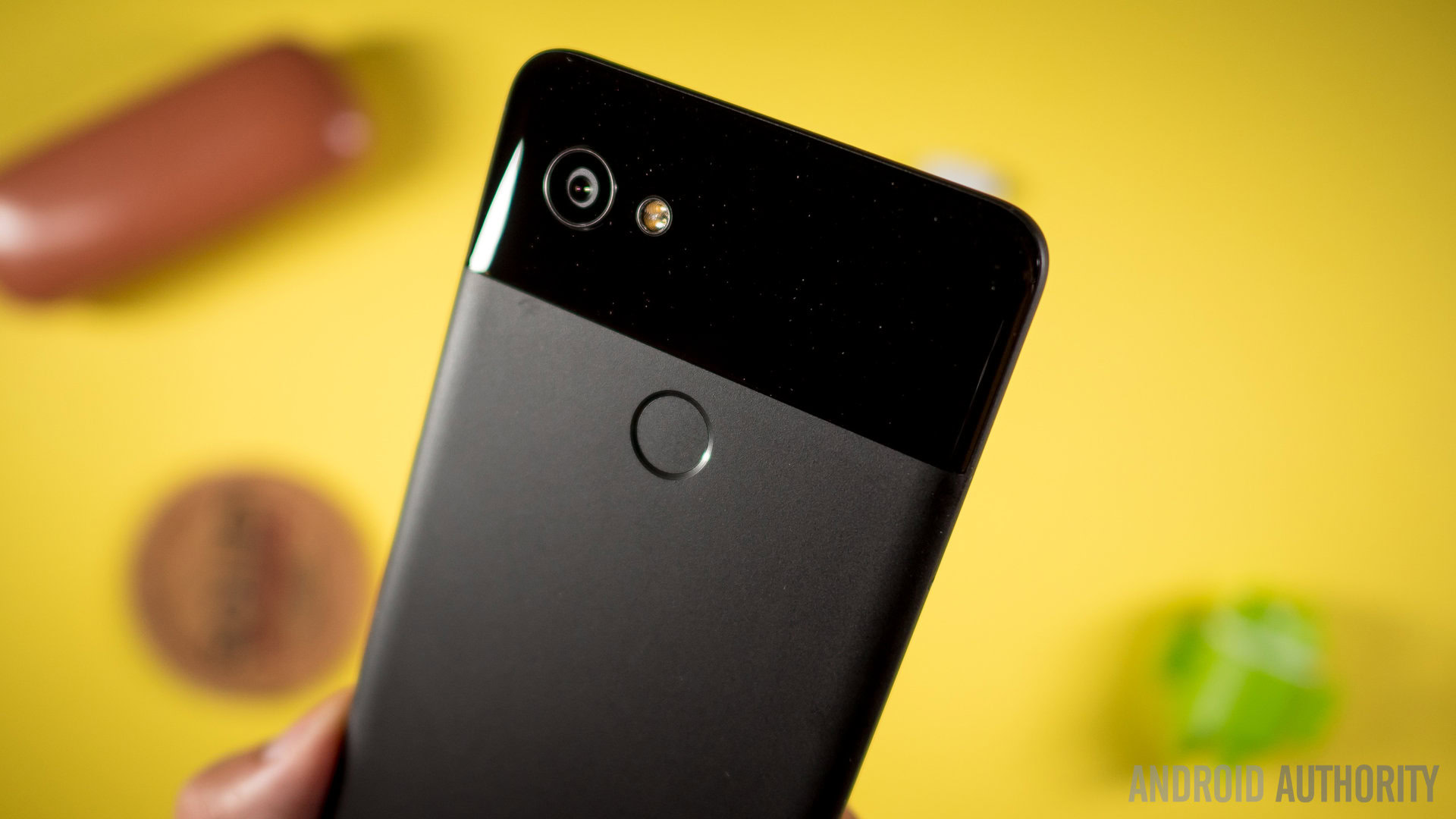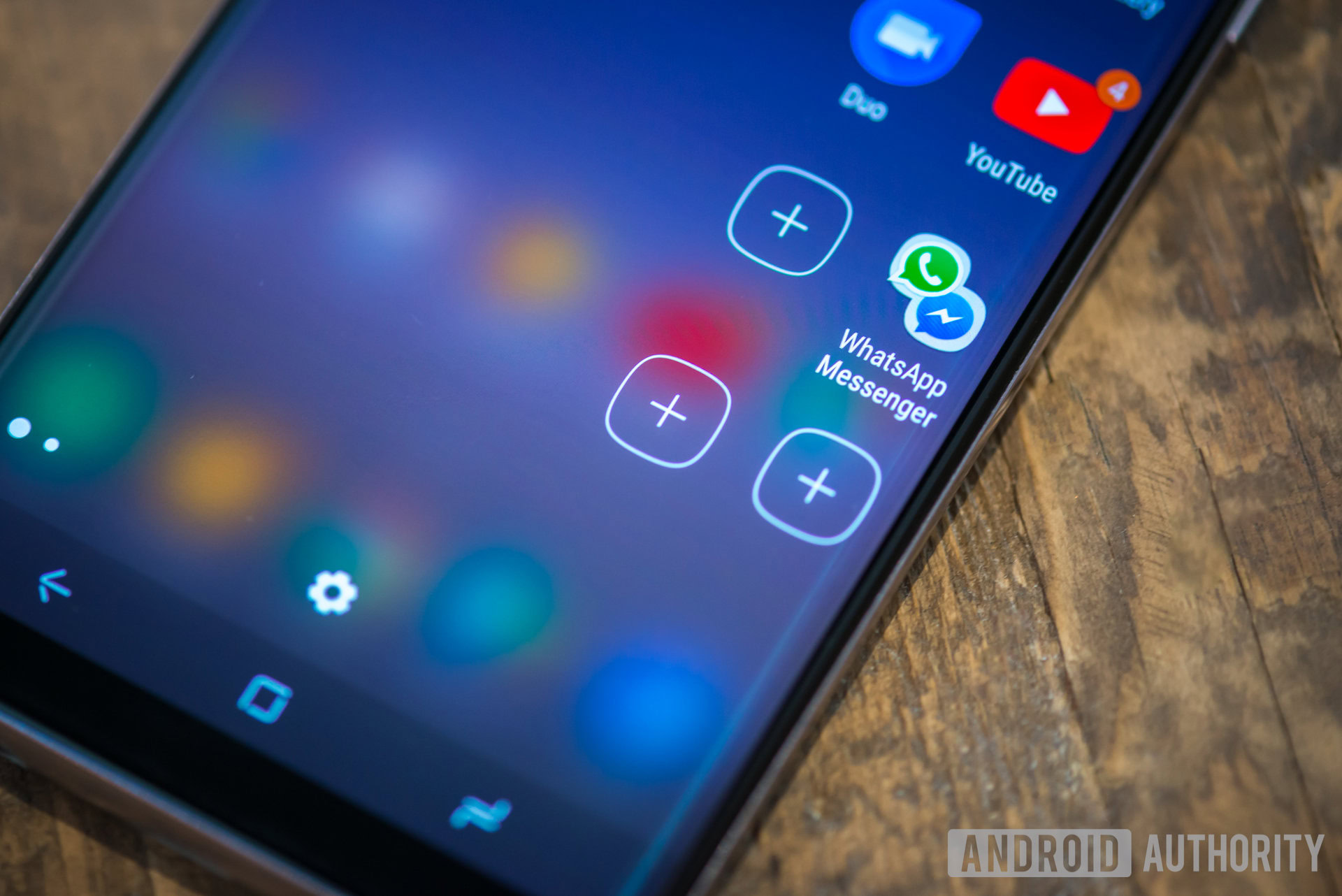Affiliate links on Android Authority may earn us a commission. Learn more.
The next big thing in small screens

It’s arguable that the LCD was one of the main technologies that made the smartphone possible— maybe even the key technology. It certainly enabled the first truly mobile computing devices— the laptops that freed us from desktop PCs and their bulky CRT monitors. Thirty-odd years later, LCDs are still in the vast majority of laptops, tablets, smartphones, and all the other various and sundry products we take for granted now. The minority of these that aren’t built around LCDs mostly use a relative newcomer, the OLED display. It’s tempting to think that’s it— that these two technologies will be all we need, forever.

There are three main areas of concern for a display in this market: image quality (under a variety of conditions, like indoor vs. outdoor viewing); power consumption; and physical size and weight. While any display has to provide a competitive image quality to succeed, those in mobile devices have to do it while using a bare minimum of power and being as thin and light as possible. This is what has let OLED displays get a toehold and to at least start to displace the LCD in some products. In addition to some possible image quality advantages – notably in the areas of contrast and viewing angle – OLEDs can be incredibly thin, lightweight, and, at least with most content, will generally provide some power benefits over a comparable LCD.
But even OLEDs aren’t perfect. They can lose brightness with age, and differences in the aging rate across the three colors makes it difficult to maintain the correct color balance over time. Cost is a problem too; OLEDs are more expensive than LCDs to produce, which has so far restricted their use to the upper end of the market. Of course, neither LCDs nor OLEDs are completely mature technologies – there’s still a good deal of development going on in both types. But what about the possibility of a completely new technology coming to the mobile device market?

There have certainly been a fair number of new technologies announced over the past decade or so, usually to great fanfare and high expectations. From the press releases, you’d think that each and every one was going to be the Next Big Thing, completely dominating the market within the coming year or so. It never seems to happen though, despite some major players in the industry investing tens of millions to try to bring them to commercial success – or even viability.
Some examples: the Dutch electronics giant Philips introduced an electrowetting display technology (one which works by controlling fluids via electric charges) several years back, and spun off a new company, LiquaVista, in 2006 to commercialize the type. Marketed as “LCD 2.0,” the LiquaVista display was to provide both emissive and reflective modes, excellent color and viewing angles, and fast response times, all in a display that could be produced using more-or-less conventional processes and which would require much less power than a comparable LCD. The company and its technology was sold to Samsung in 2010, then Samsung sold it to Amazon in 2013. Four years later, we still haven’t seen a product using an electrowetting display. But LiquaVista is still a going concern, at least according to their website, and presumably is still working toward commercializing the technology.
Maybe LCDs and OLEDs are going to be it, at least for as long as we can predict for now.
Other new displays haven’t been so fortunate. Over the course of seven years (from 2004 to 2011), chip giant Qualcomm bought two different startups working on two very different microelectromechanical systems (MEMS)-based displays: the reflective iMOD technology originally developed by Iridigm, and a direct-view micro-shutter display from Boston-area Pixtronix. By 2015, the plug had quietly been pulled on both efforts.
Another sort of electromechanical-shutter display called the Time-Multiplexed Optical Shutter (TMOS) was demonstrated by Houston-based UniPixel Displays, but again failed to make the transition to commercial production. UniPixel still survives as a company, but one making optical films and cover glass for the display industry; the TMOS display apparently long forgotten. Maybe LCDs and OLEDs are going to be it, at least for as long as we can currently predict. Can any technology ever hope to displace these two? Could be.
There’s at least one technology still out there which has been seeing a lot of interest from some pretty big names in the business. This one promises excellent color, contrast, viewing angle, brightness, and response time, while being even easier on your battery than the best examples of either incumbent. What is it? It’s the other type of LED – the original type. The inorganic, good-ol’-semiconductor form of light-emitting diodes, the same basic technology that’s now behind our light bulbs as well as being seen as little red, green, blue, and white lights blinking on just about every piece of consumer electronics you can think of.

LEDs provide pretty much everything you’d want in a display technology. They’re available in a range of colors, including the all-important (for displays) primaries: red, green and blue. It’s an emissive technology, so there would be no viewing angle issues with LEDs. As with the OLED, contrast/dynamic range should be excellent. Conventional LEDs are far more energy-efficient than either OLEDs or backlit LCDs. They obviously would require no color filters or polarizers, and switch on or off in microseconds. What’s not to like?

Actually, conventional LEDs are already the basis of displays seen by millions every day. It’s just that these are pretty much as far removed from smartphones and other mobile products as you could possibly get. They’re the really, really big full-color displays we see today in sports arenas, as billboards and other digital signage, and now movie theater screens. (Samsung unveiled the world’s first LED cinema screen, a 4,096 x 2,160 pixel, almost-34-feet-wide installation this past summer in Seoul). So why don’t we have LED screens in our hands right now?
The problem with using conventional LEDs as the pixels (or rather, subpixels) in mobile screens isn’t producing the devices in the almost-microscopic sizes required. It’s trying to put them all together in a single display. Even a simple 1280 x 720 screen requires nearly three million separate LEDs, over 920,000 each of red, green, and blue emitters. It’s not like it’s a simple job just to make them all on a single common substrate either; LEDs of different colors are made from significantly different materials.
There's at least one technology still out there which has been seeing a lot of interest from some pretty big names in the business.
With the big arena-sized displays, it’s just a matter of placing discrete red, green, and blue emitters into modules, which in turn are combined like giant-sized Legos to form the complete screen. But to make a phone-sized screen, you either need to figure out some way to pick and place these millions of dust-speck LEDs into an area little bigger than a playing card (and connect them electrically), or else think of some way to actually fabricate the three different colors in place. Neither is an easy task.
Recently, there has been enough progress in making high-res displays out of LEDs that the industry is taking notice – and in several major cases, voting with their checkbooks. In 2014, Apple bought LuxVue Technology, a Santa Clara based developer of micro-LED displays, and just this past year Facebook (through Oculus VR) acquired the Irish startup InfiniLED. Taiwanese manufacturing giant Hon Hai Technology Group (Foxconn) and its recently-acquired subsidiary, Sharp, have been major investors in eLux, itself originally a spin-off from Sharp America in Washington state. And even Samsung, long a leader in OLED development, is apparently targeting PlayNitride of Taiwan, another micro-LED startup which had been expected to start limited production of test panels by the end of the year, for acquisition. While some industry experts expect commercialization of micro-LED technology to take as much as five more years, the involvement of such heavy hitters has the potential to significantly accelerate the schedule.

While there’s no guarantee LED-based displays will ultimately displace the currently-dominant LCD and OLED technologies, the technology is right now well ahead of any of the other challengers which have come — and gone, in many cases— to knock on the door of the smartphone market. This is definitely an area that’s going to deserve a close watch over the next year or two.